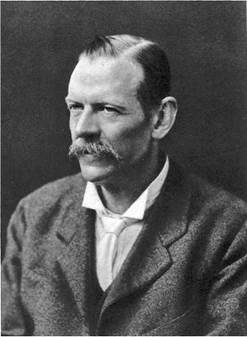Airplane Stability and Control, Second Edition
From the first machines that flew for just minutes at a time to today’s sophisticated aircraft, stability and control have always been crucial considerations. Following up their successful first edition, Malcolm Abzug and Eugene Larrabee forge through to the present day with their informal history of the personalities and the events, the art and the science of airplane stability and control.
The authors, widely known for their contributions to airplane design and development, have captured both the technological progress and the excitement of this important facet of aviation. Much of the book’s content captures never-before- available impressions of those active in the field, from pre-Wright brothers airplane and glider builders straight through to contemporary aircraft designers. The chapters are arranged thematically, dealing with single subjects over their entire history. These include early developments, research centers, the effects of power on stability and control, the discovery of inertial coupling, the challenge of stealth aerodynamics, a look toward the future, and much more. This updated edition includes new developments in propulsion-controlled aircraft, fly-by-wire technology, redundancy management, applications, and safety. It is profusely illustrated with photographs and figures and includes brief biographies of noted stability and control figures along with a core bibliography. Professionals, students, and aviation enthusiasts alike will appreciate the comprehensive yet readable approach to this history of airplane stability and control.
Malcolm J. Abzug is the former president of ACA Systems.
E. Eugene Larrabee is Professor Emeritus at the Massachusetts Institute of Technology.
|
|
Frontispiece George Hartley Bryan (1864-1928). The originator, withW. E. Williams, ofthe equationsofairplane motion. Bryan’s equations are the basis for the analysis of airplane flight dynamics and closed-loop control and forthe design of flight simulators. (From Obit. Notices ofFellows of the Royal Soc., 1932-1935)












